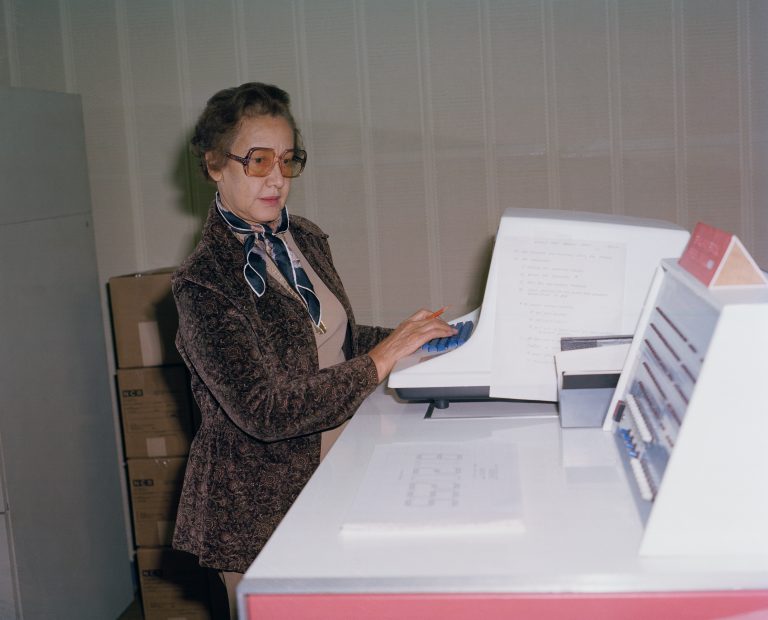They wanted to go to space, and she found a way to do it. Today, the world lost a very important pioneer in humanity’s space endeavors. Mathematician, Katherine Johnson, died earlier this morning at the age of 101.
Johnson was the first African American woman to work with NASA, and she was one of the three important women to help America put humans in space. In 1961, Johnson figured out the mathematics behind the trajectories of putting the first American, Alan Shepard, into space.
Education and Childhood
Born in Berkeley Springs, West Virginia, Katherine was a mathematician from the beginning of her life. After graduating high school at the age of 14, she went on to attend West Virginia State University and major in mathematics; taking every single math class offered during the time. Graduating university at the age of 18, Johnson went on to find work.
In the 1950s, mathematicians were mostly white men, making it hard for woman and African Americans to work in this field. So, Johnson started her career in teaching, and 1953, she went on to work for NACA (National Advisory Committee for Aeronautics) – who was hiring African Americans and women for their Guidance and Navigation Programs.
After five years of analyzing topics in aerospace, Johnson started to work as an aerospace technologist. Although her new workspace was with mostly white men, Katherine Johnson had said there was not a segregated feeling between her and the people she worked with.
As she worked as technician, she would go on to calculate problems, such as the trajectory needed in order to get spacecrafts into orbit. Besides getting
Retirement and Legacy
Johnson worked with NASA for 35 years before retiring in 1988. Along with many other revolutionary findings, Katherine changed the pace for the Americans in the space race. In 2015, Johnson was awarded the Presidential Medal of Freedom for her accomplishments at NASA and NACA.
Without her, America’s space endeavors may have taken a lot more time. For that, she will forever be remembered as the woman behind the success of the early space flights.

